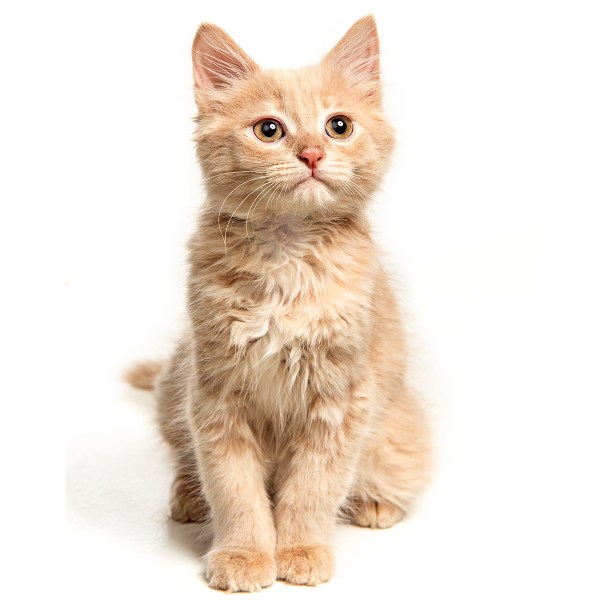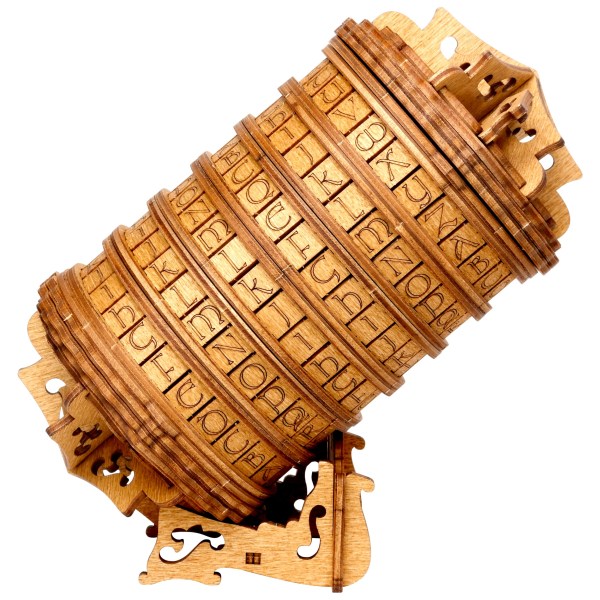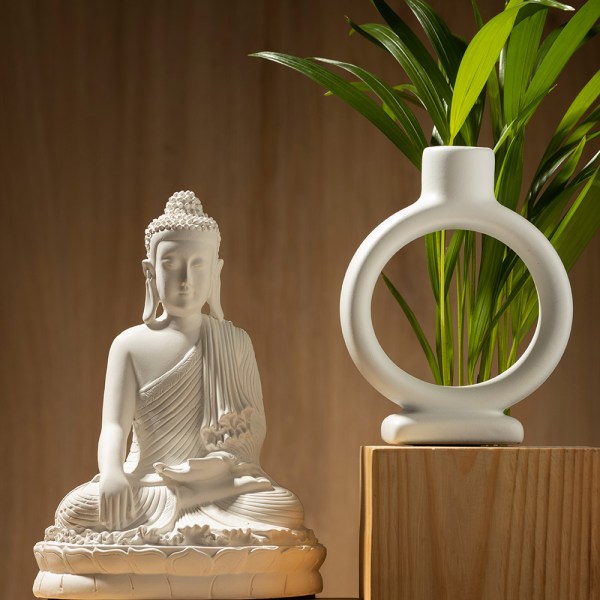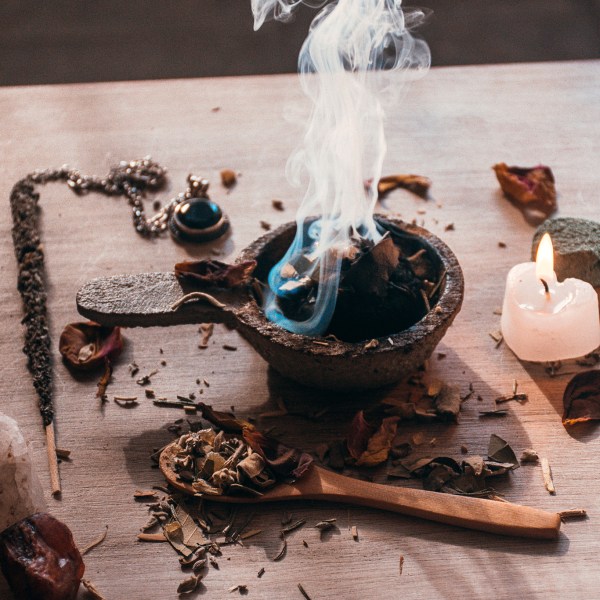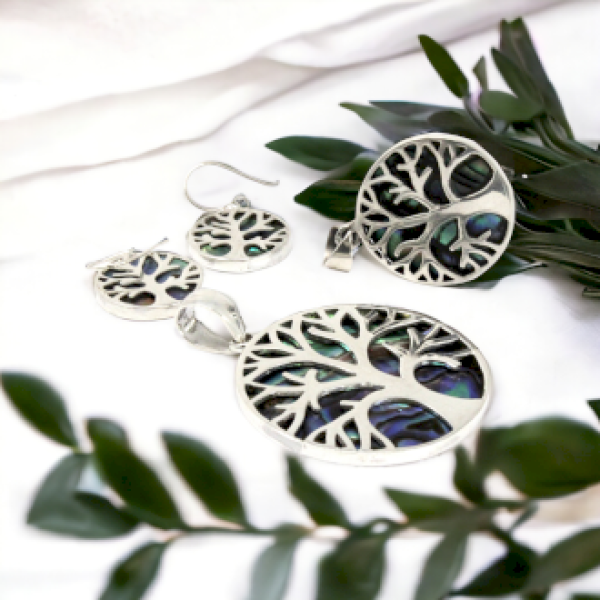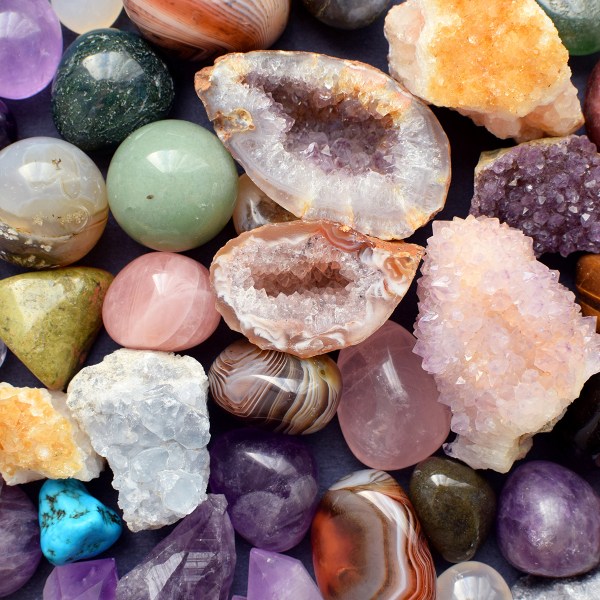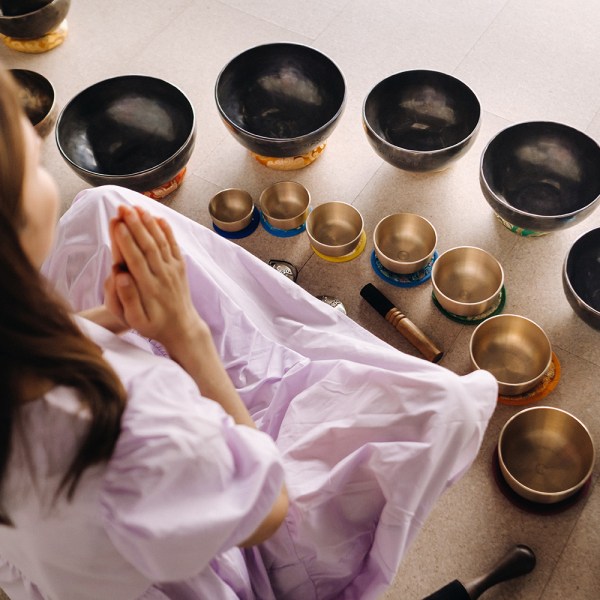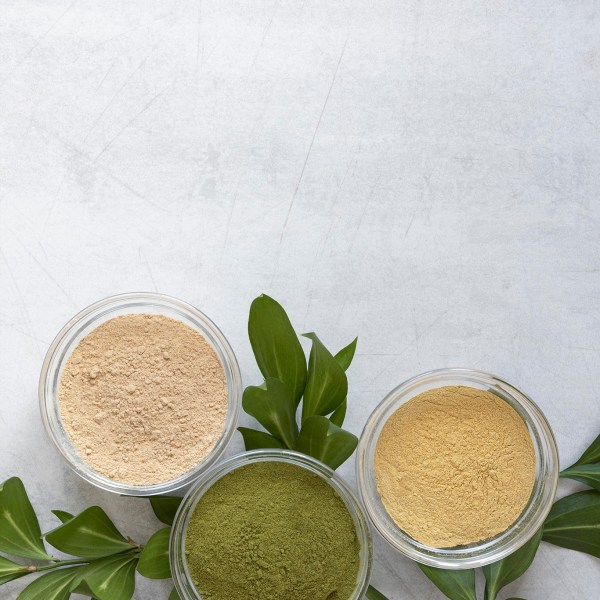Latin name: Pogostemon Cablin
Part of the plant used: dried leaves
Place of origin: Indonesia
Extraction method: steam distillation
Patchouli essential oil is extracted from the Pogostemon Cablin plant, which belongs to the orris family and has a rich musky-sweet, spicy fragrance. The plant is native to Malaysia and India, where it is known as 'puchaput'. The word patchuli is derived from 'pachchai ellai', which literally translates as green leaf. Patchouli oil is obtained from dried leaves which are dried and fermented before distillation. Over time, it increases in strength and aroma. It is highly valued for its healing properties, especially on wounds.
In the Far East, patchouli oil is used as an air freshener and as a perfume for linen and bedding. It keeps insects and moths away. Its scent helps to balance emotions and creates a loving atmosphere. When used with an aromatherapy lamp, it relieves anxiety and depression. Added to bath water, it can relieve the symptoms of some skin problems such as fungal infections and cellulite. It has excellent tissue regenerating properties, promotes healing and fights infections. It helps in the care of acne, eczema and ulcers.
Patchouli was brought to England from India, wrapped in cashmere shawls to protect them from moths. When selling the shawls, the seller had to show proof that dry leaves had indeed been placed in the shawls before delivery. In the 1960s and 70s, patchouli was very popular with the hippie movement in Europe and America, as its scent was a good 'disguise' for the smell of marijuana. It was also used to groom dreadlocks. It is still used in many Asian countries to treat snake bites.
More informations and price history


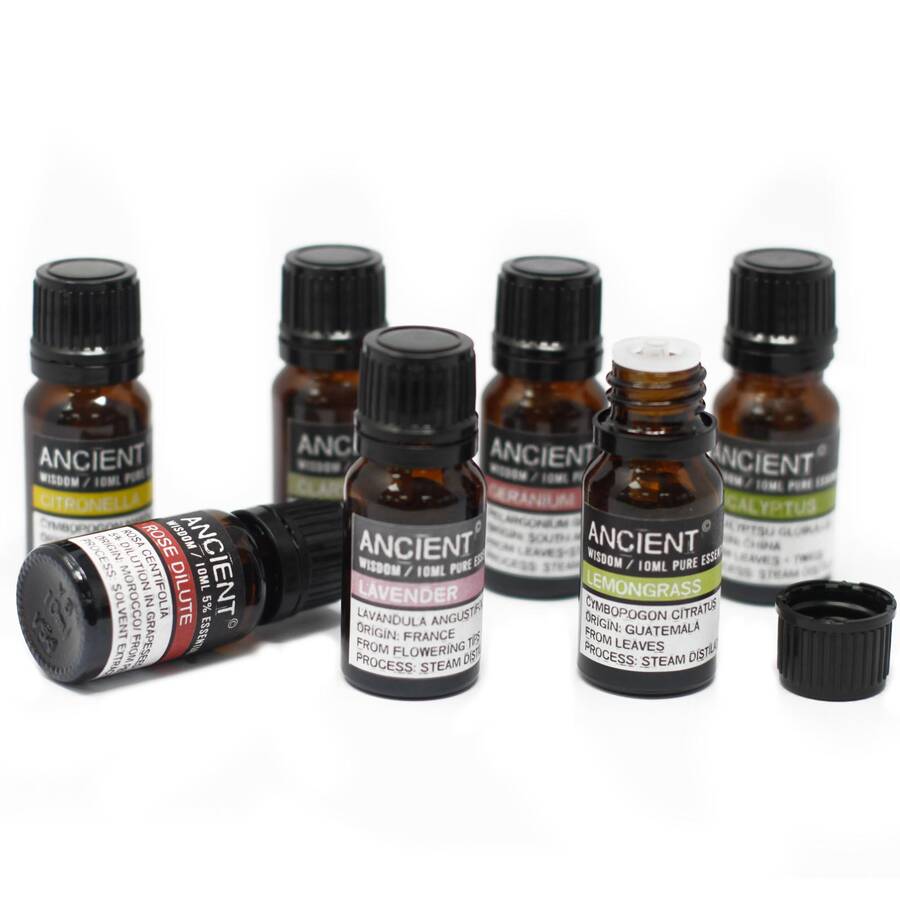




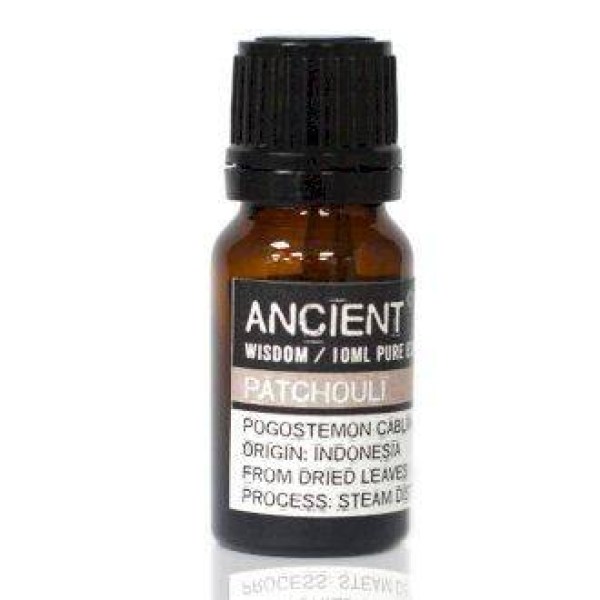


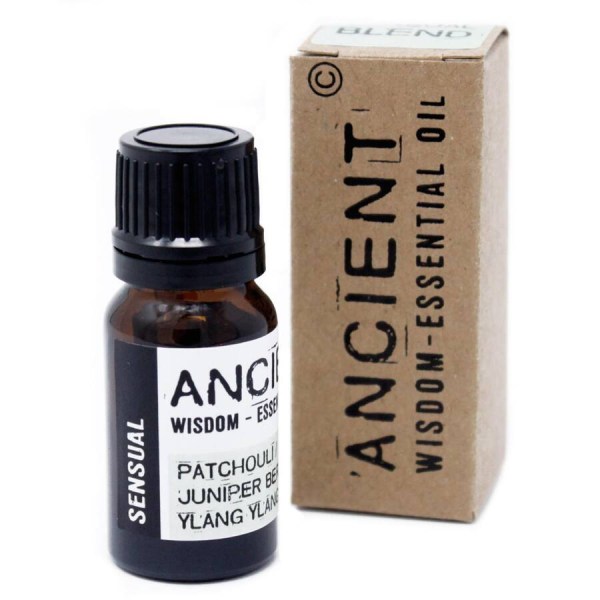


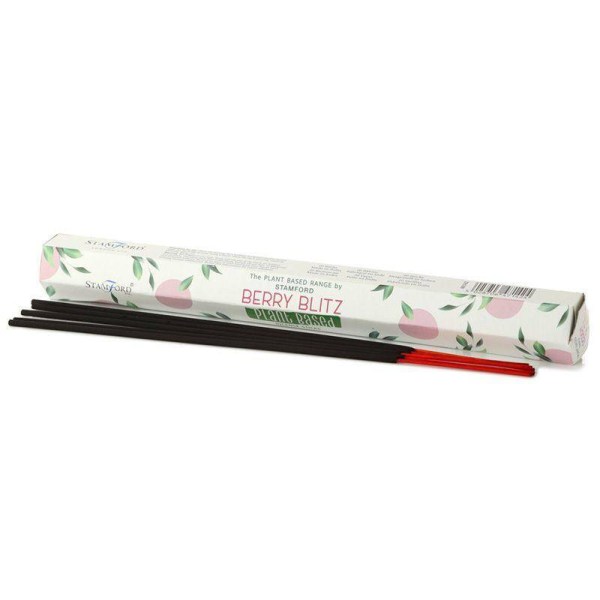

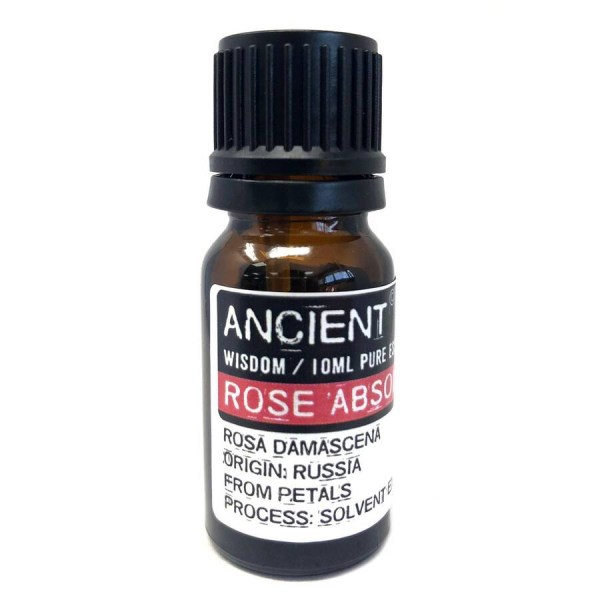
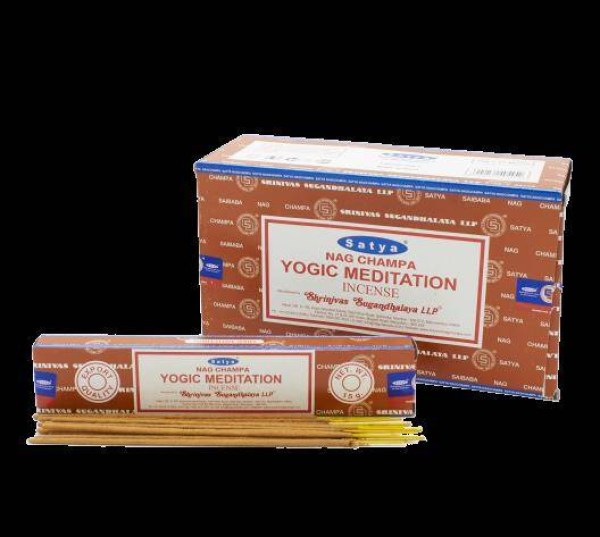



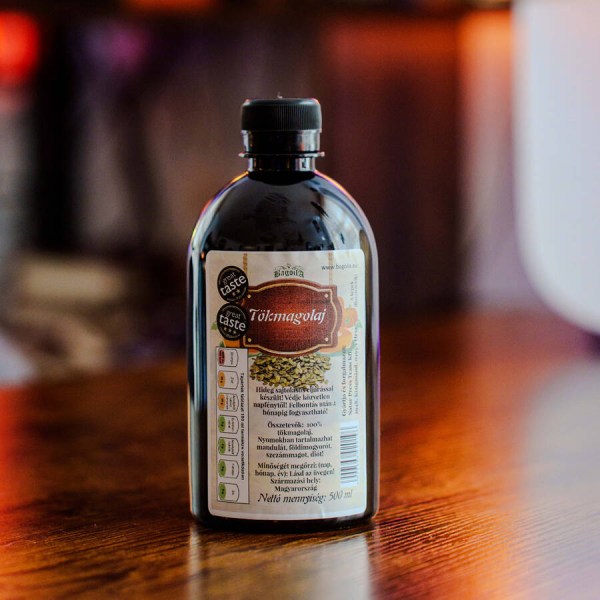
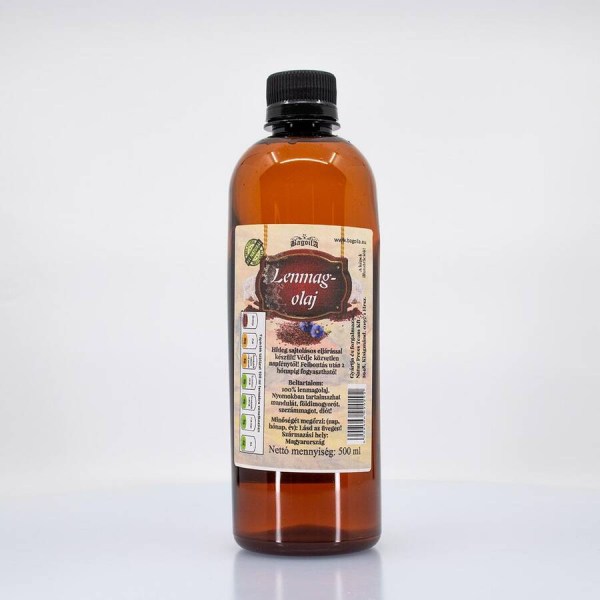
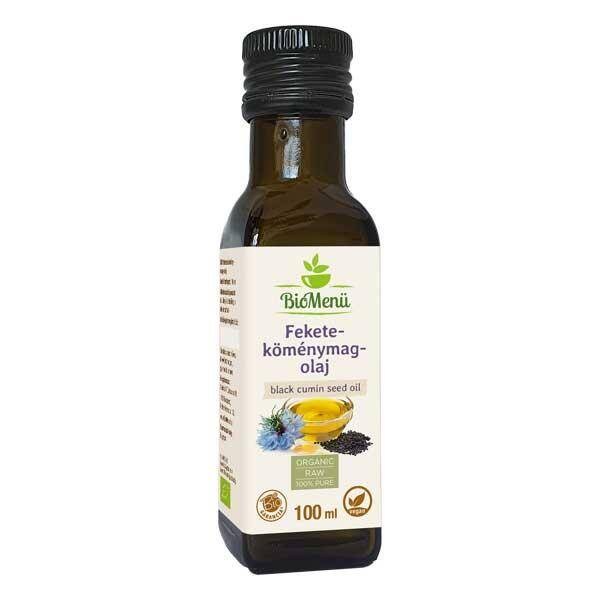



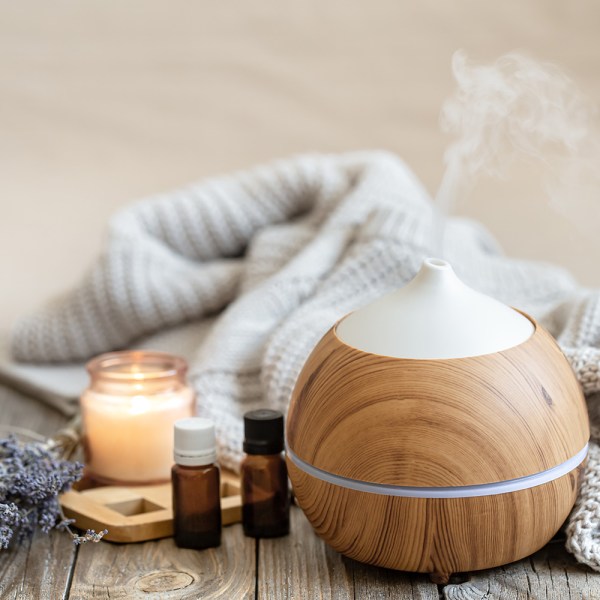

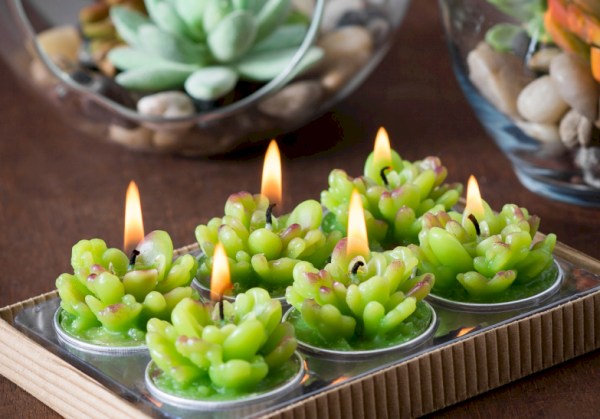

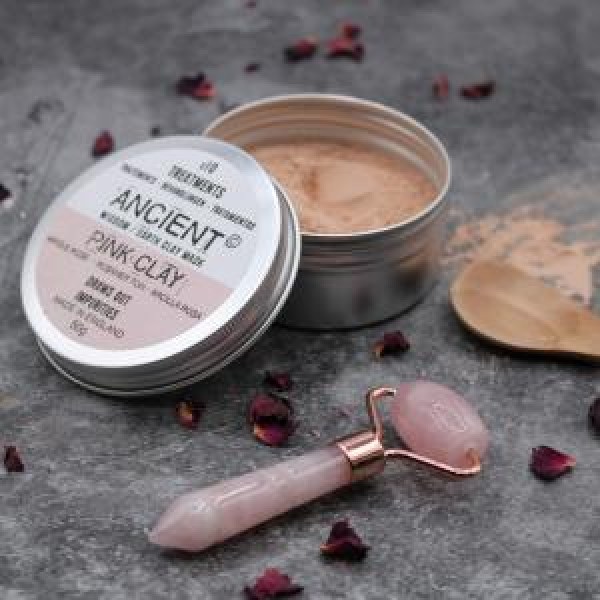
_600x600.jpg)

